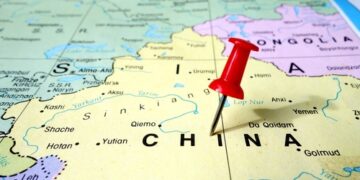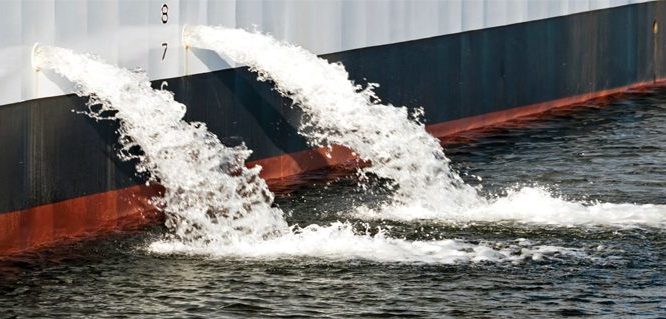The International Maritime Organization (IMO) has almost completed its calculations of the shipping tonnage of the States that have ratified the Ballast Water Management Convention, and has recently concluded that the conditions for initiating entry into force have not yet been met. An additional 0.44% of global tonnage is needed to meet the required 35% threshold.
The IMO has therefore confirmed that the November 2015 ratifications did not trigger the Convention’s entry into force. This means that the Ballast Water Management Convention will enter into force sometime in 2017 at the earliest.
What does this mean in reality?
- All existing vessels will have to comply with the regulation D-1 (Ballast Exchange) requirements on the entry into force date.
- All existing vessels will have to comply with the regulation D-2 (Discharge Performance Standard) by the date of the vessel’s next International Oil Pollution Prevention Certificate renewal survey after the entry into force date.
- All vessels with a keel laying date after the entry into force date will have to comply with regulation D-2 on delivery
































































